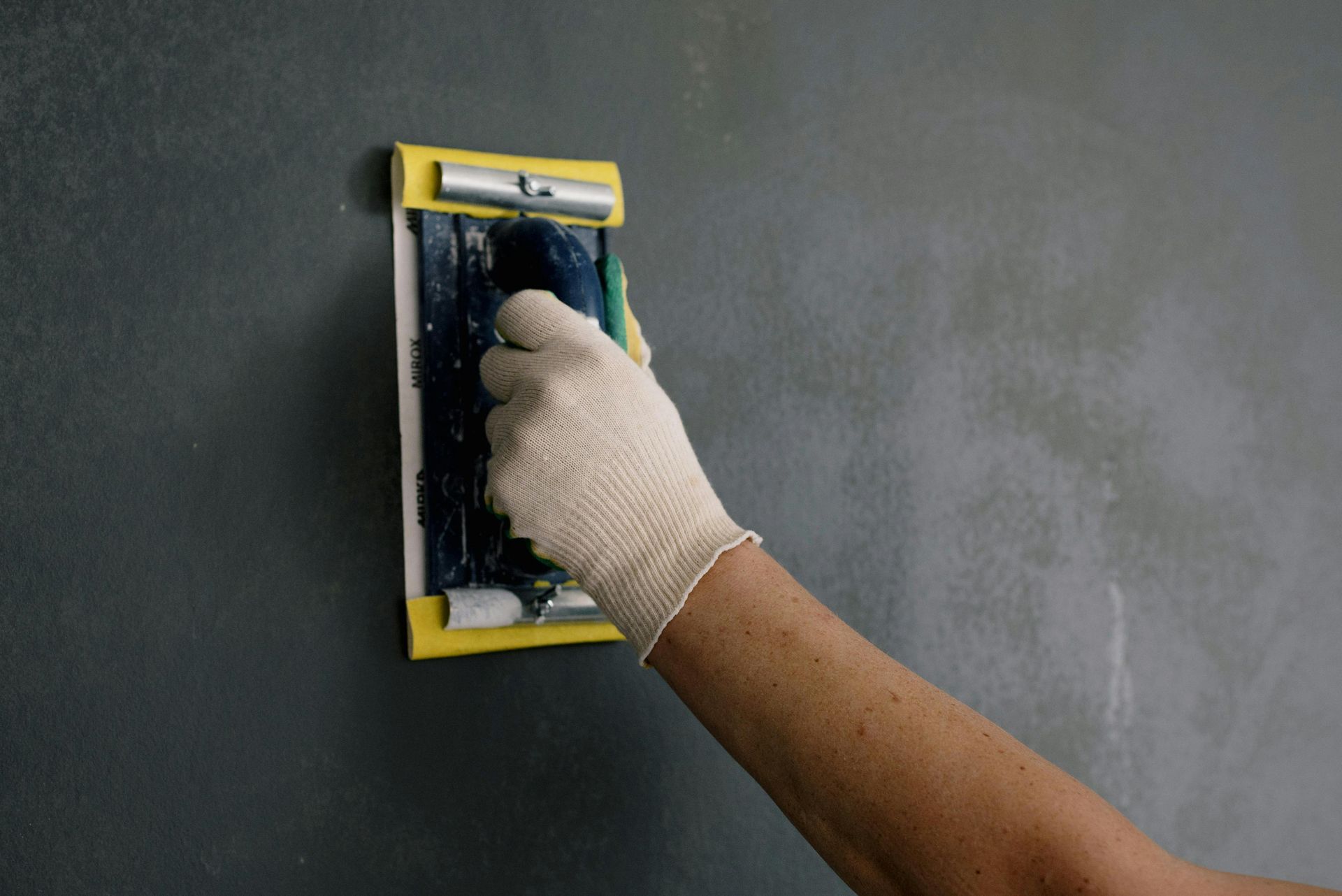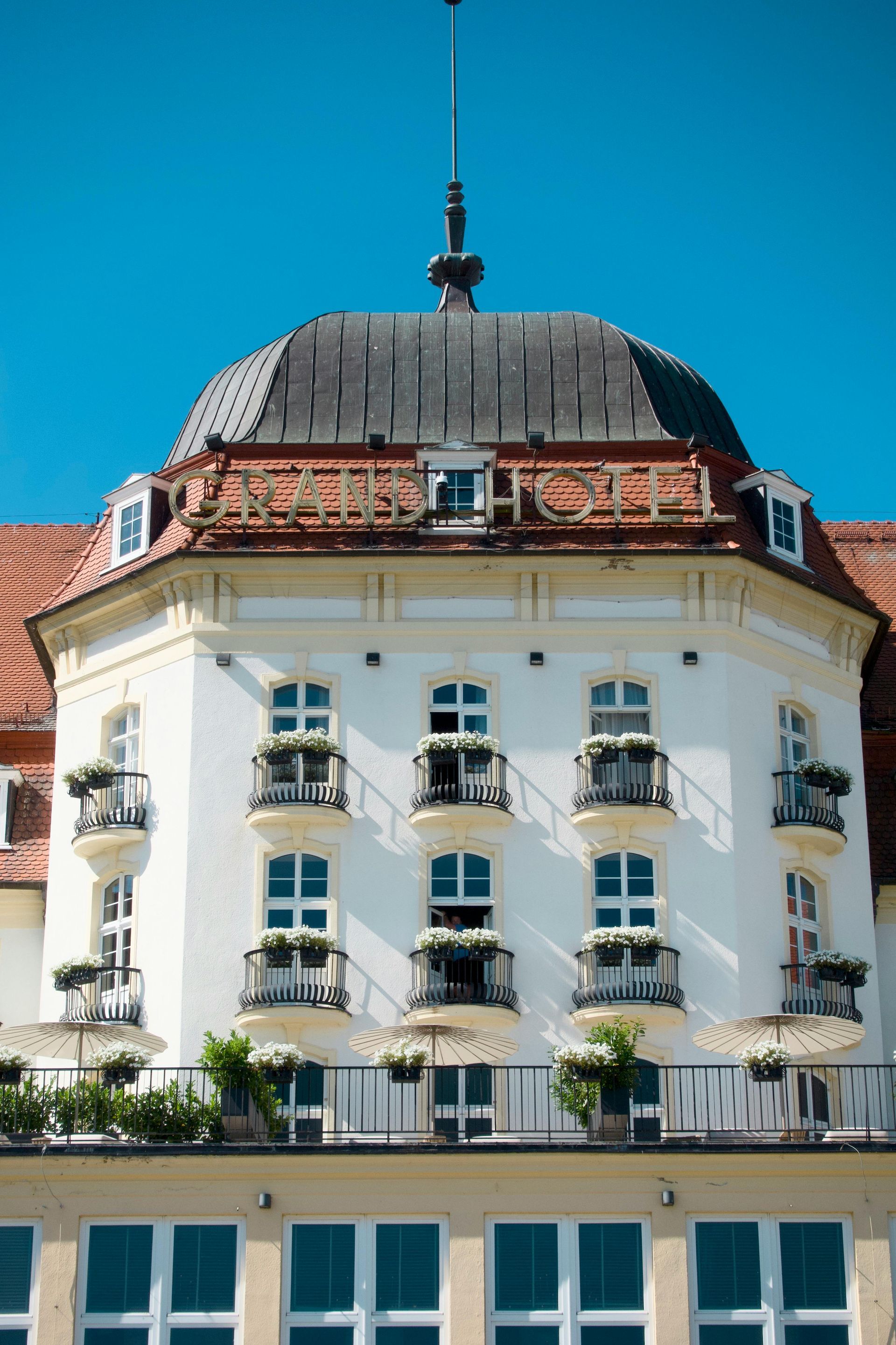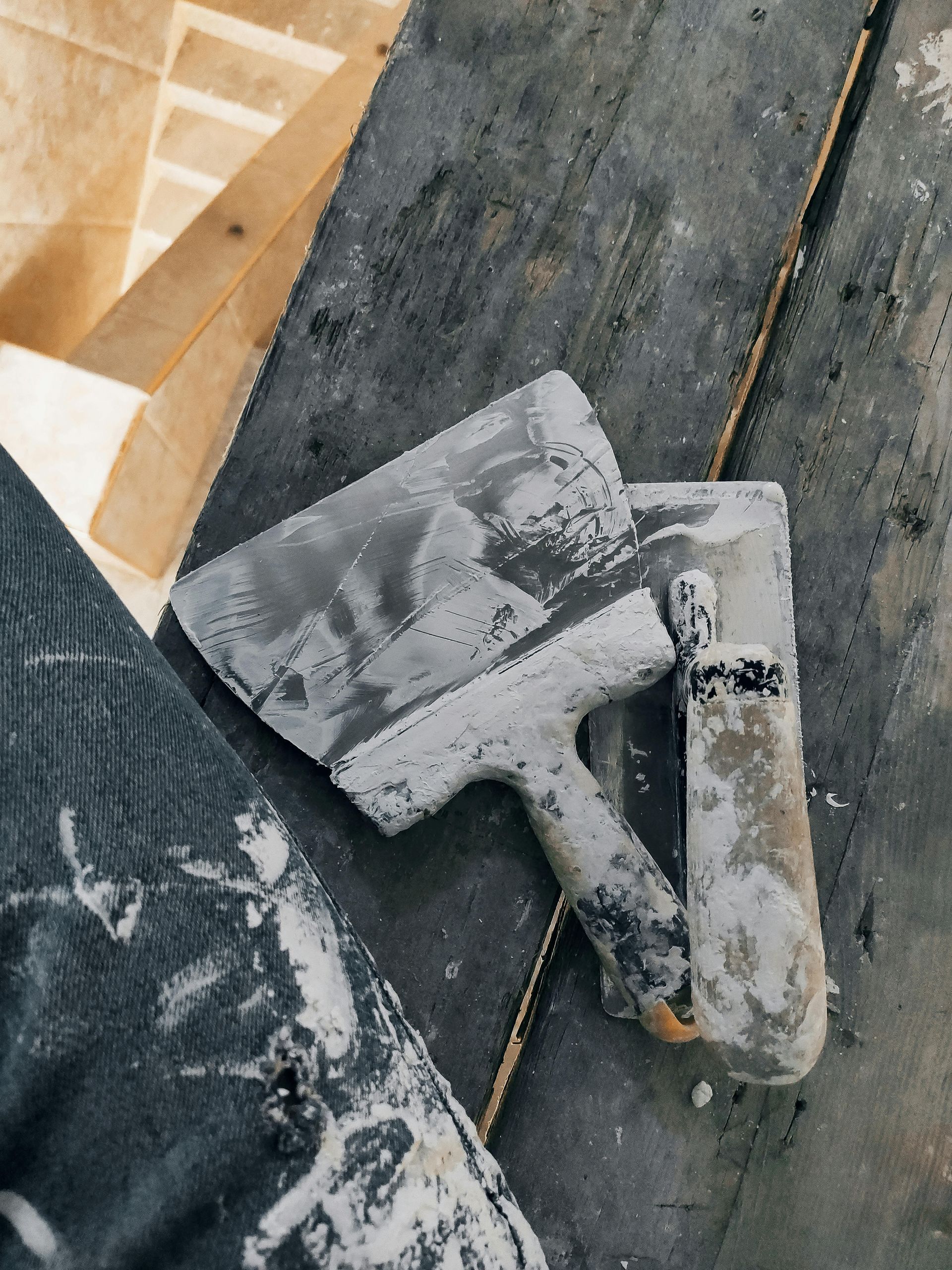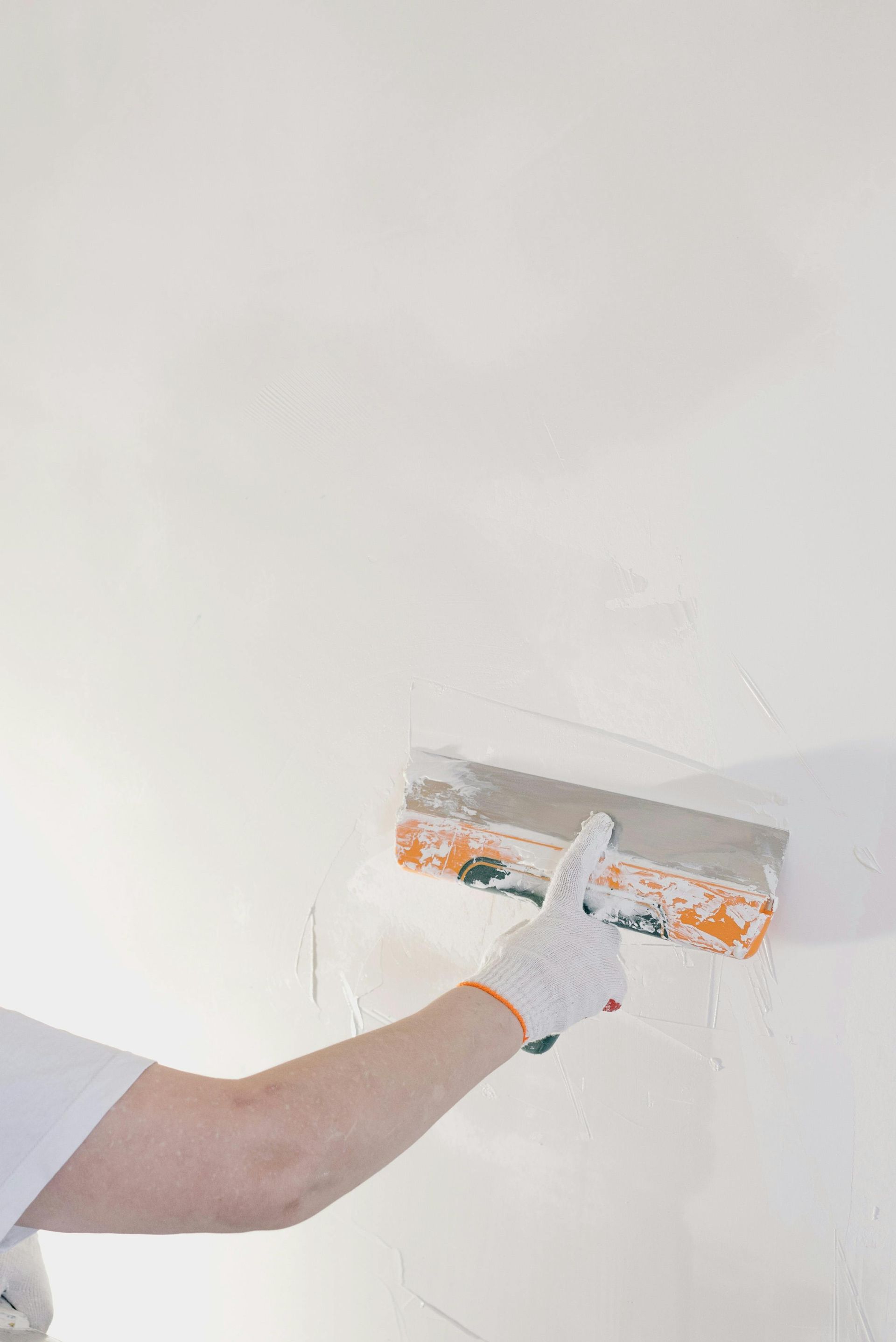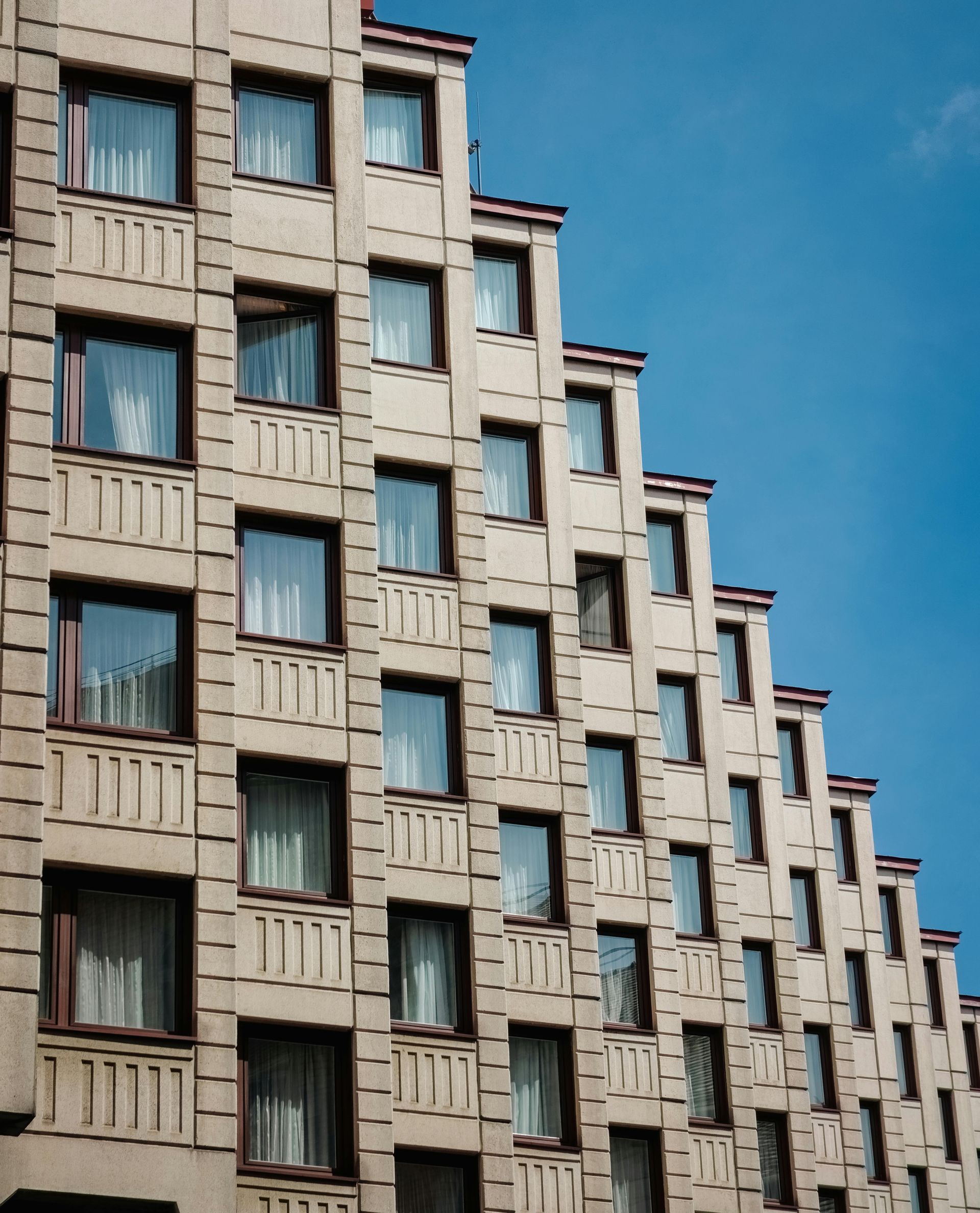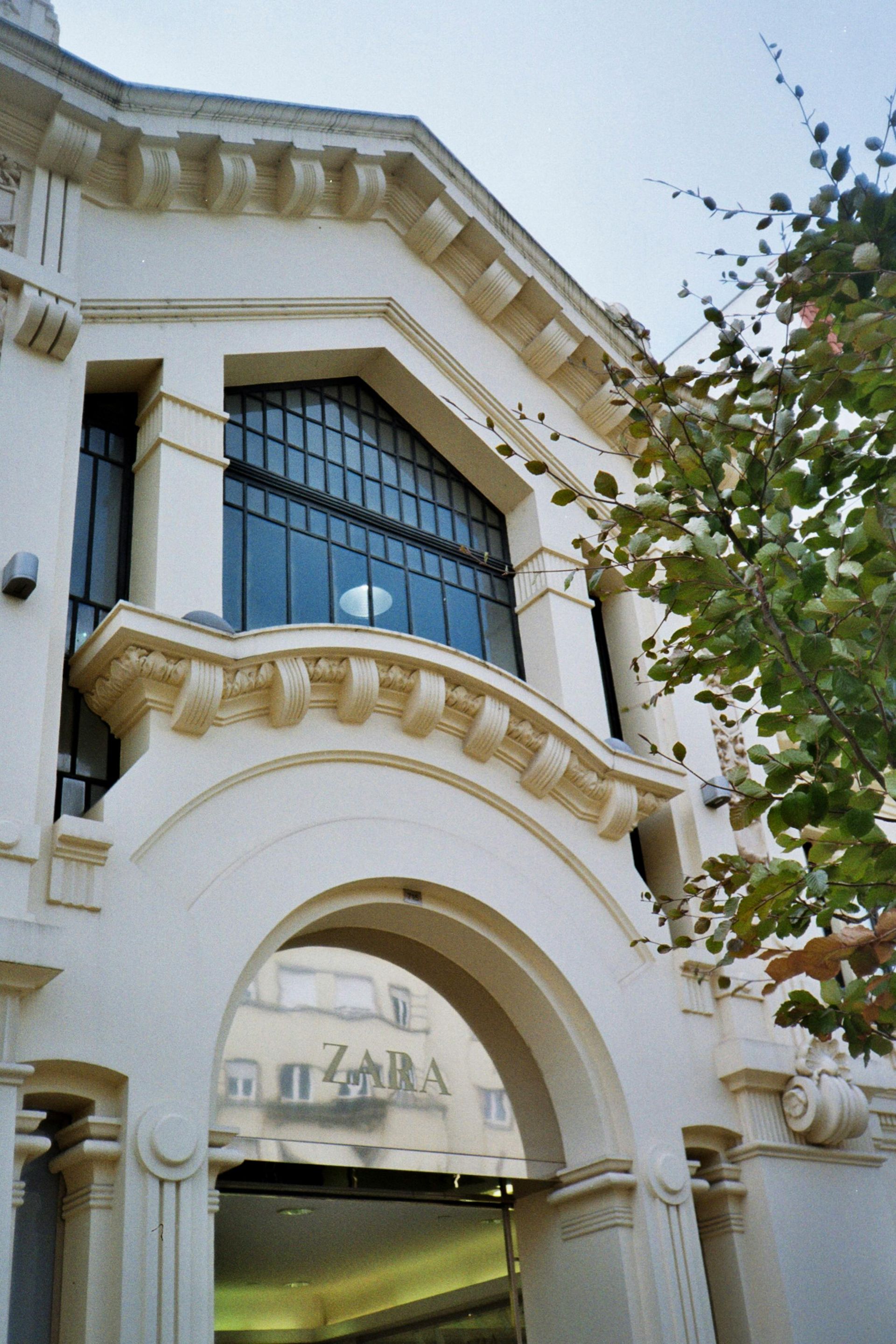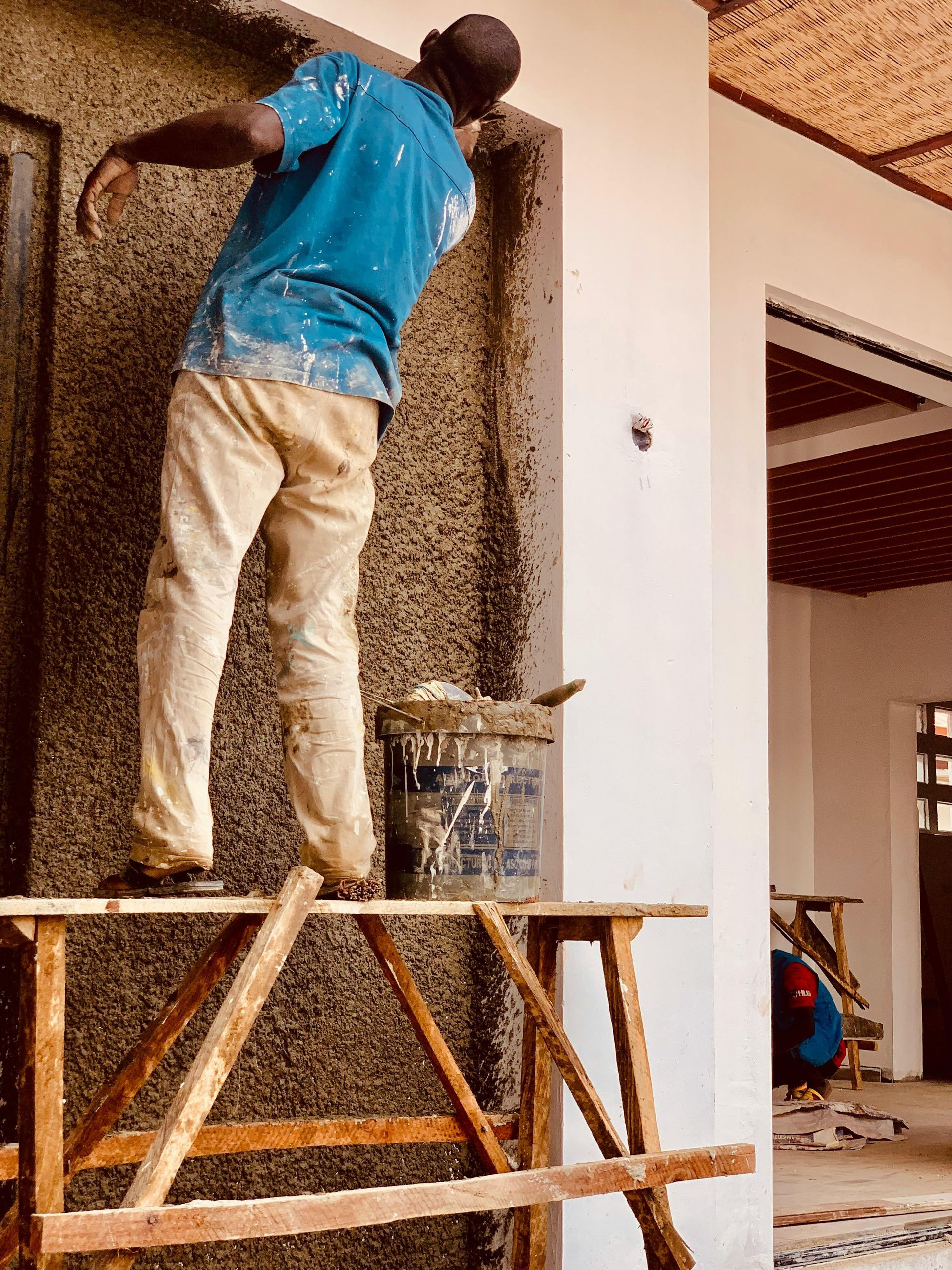The Untold Truth About Commercial Plastering in Today’s Construction Industry
Why Plastering Deserves More Credit
In today’s construction industry, certain trades get all the spotlight architects for their designs, contractors for the builds, and even painters for their finishing touches. But there’s one trade that quietly holds buildings together, protects them, and even saves owners money over time: commercial plastering.
For many property managers and developers, plastering is either misunderstood, undervalued, or considered “just a cosmetic detail.” But here’s the untold truth: plastering plays a critical role in the strength, safety, and long-term performance of modern buildings.
Let’s break down what most people don’t realize about plaster and why ignoring it could be one of the costliest mistakes in today’s construction industry.
1. Plastering Is About Protection, Not Just Appearance
Most people think plastering is only about smooth walls and attractive finishes. While that’s true, the bigger purpose is protection.
Plaster acts like a shield. It:
- Prevents moisture intrusion (a huge issue in the Bay Area’s foggy and rainy climate).
- Seals cracks before they spread.
- Reduces wear and tear in high-traffic areas.
- Adds fire resistance to walls and ceilings.
In short: plastering extends the life of your building while keeping repair costs down. It’s not just surface-level it’s structural insurance.
2. The “Cheaper” Option Isn’t Cheaper in the Long Run
In today’s fast-moving construction world, drywall often replaces plaster because it’s quicker and cheaper upfront. But here’s the catch: drywall doesn’t hold up the same way.
- Drywall dents, cracks, and needs repainting far more often than plaster.
- Over 10–15 years, the cost of constant repairs and repainting exceeds what plaster would have cost initially.
- Plaster, once applied, lasts decades with minimal upkeep.
The untold truth is that developers may save money upfront by skipping plaster but property owners and managers pay the price later.
3. Plastering Is a Hidden Fire Safety Feature
Most building owners don’t realize that plaster is inherently fire-resistant. Unlike drywall, plaster provides extra protection in case of fire, slowing the spread of flames and smoke.
This doesn’t just protect the building, it protects people. And in the Bay Area, where building codes are strict and tenant expectations are high, this isn’t a “bonus” it’s a necessity.
Ignoring plaster means missing out on a layer of safety that could make all the difference in an emergency.
4. It’s Built for Bay Area Conditions
The Bay Area is unique. Between coastal moisture, fog, earthquakes, and constant construction stress, buildings here face challenges other regions don’t.
Plastering is uniquely suited to these conditions:
- Moisture protection against rain and fog.
- Durability against constant tenant use.
- Crack prevention during seismic shifts.
Without plaster, Bay Area walls are left vulnerable. With it, buildings stay stronger and last longer saving property managers thousands.
5. It Directly Impacts Tenant Satisfaction
Commercial plastering doesn’t just protect walls it affects how tenants feel about your property.
Here’s the truth: tenants don’t always notice plaster when it’s done right, but they definitely notice when it’s missing. Bare drywall or cracked surfaces look unfinished, cheap, or neglected. That can mean:
- More complaints
- Shorter lease renewals
- Lower rental rates
On the other hand, plastered walls look professional, polished, and permanent qualities every tenant looks for in a commercial space.
6. The Industry Overlooks Plaster Because It’s “Invisible”
Here’s one reason plastering doesn’t get the credit it deserves: when it’s done well, you don’t notice it. Unlike glass facades or paint colors, plaster doesn’t scream for attention; it quietly does its job.
That “invisibility” is exactly why it’s overlooked. But the reality is, many of the Bay Area’s longest-lasting commercial properties owe their structural health and professional look to skilled plaster work.
7. Real Costs of Skipping Plastering
Let’s put numbers on it. Here are some real-world costs property owners face when they skip plaster:
- Water damage repairs: $20,000–$50,000
- Mold remediation: $10,000–$25,000
- Structural crack repairs: $30,000+
- Tenant turnover due to poor appearance: Thousands lost in rent
Compare that to the upfront investment in professional plastering, and it’s clear: the math doesn’t lie.
8. The Skill Is Becoming Rare
Another untold truth: plastering is a specialized craft and fewer tradespeople are trained in it today.
That means:
- Skilled plaster contractors are in high demand.
- Cutting corners with untrained workers can lead to failures.
- Partnering with experienced professionals now ensures your building gets the quality work it needs while the skill is still available.
For Bay Area property managers, working with a dedicated plastering company isn’t just smart, it's essential.
Final Thoughts: The Trade That Holds It All Together
The construction industry often overlooks plaster, but the truth is simple: without it, buildings are weaker, less safe, and more expensive to maintain.
Commercial plastering is not just an aesthetic upgrade it’s a financial safeguard, a safety measure, and a long-term investment.
At Commercial Plastering Inc., we’ve seen firsthand how plastering protects Bay Area buildings from costly mistakes. Our mission is simple: to keep your properties strong, safe, and professional-looking for decades to come.
Don’t overlook the untold truth. Plastering may be invisible but its value couldn’t be clearer.
